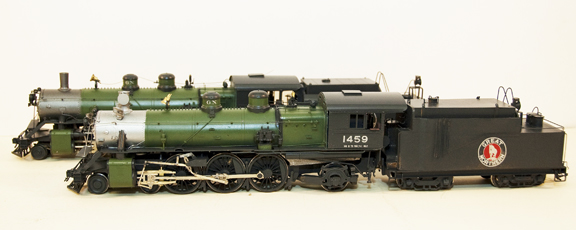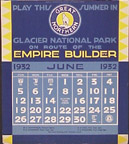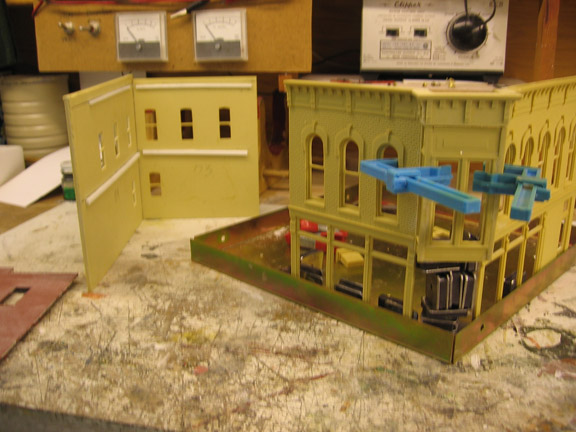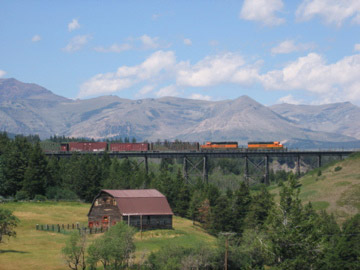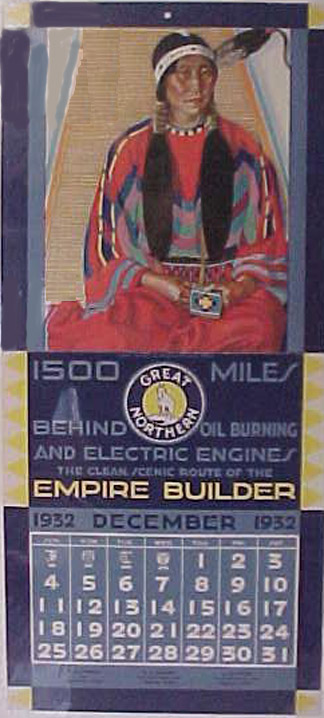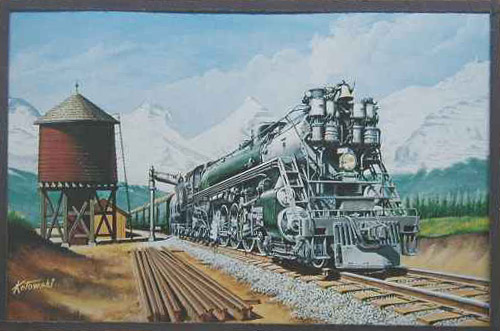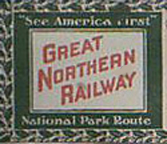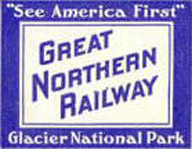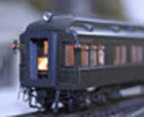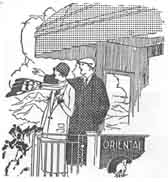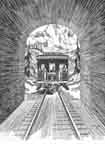The Previous Model Railways
1990-2009
|
Previous Layout In late 2008, after operating the layout for several months, and a visit to my friend Lee's layout, I decided the current layout was not meeting my expectations. Specifically, I wanted a longer mainline, allowing meets with other trains as well as having more switching locations. I have drawn up a new plan that is posted on the layout page. The only problem is that it calls for a larger space, which means an addition to the train room. Silly me, I thought it would only be a few weeks so I tore down the existing pike. I found building an addition is a slow process. In June 2009 after plans to expand the train room were rejected by the city because the expansion would encrouch on the utility easement, I decided to go with HO in the existing space. After rebuilding the benchwork and putting down a few feet track, I came to my senses and abandoned the notion of returning to HO. HO TrackPlan for the never-built HO layout. In 2003, the previous version called the The Empire Division, minus any duckunders was begun. The mainline has a 72” minimum radius, while the hidden branch line track has a 36” curve, limiting it to lighter motive power. This version features wider aisles, more industries for switching and a larger and more accessible engine terminal. Right-O-Way switch components have replaced Old Pullman switches, but the Tortoise switch machines, Aristo-Craft throttles and PFM sound remain.
|
2009 2010
|
2007 2008
|
2005 2006
|
Track Plan, Previous Layouts & Other Pikes |
|
The first layout, from 1987 to 1995 was basically a double track loop with only one town modeled. All bench work was brought from Seattle where it had been used on an earlier layout. The mainline and holding tracks featured code 148 flex track with Old Pullman switches. Yard and secondary tracks were hand-laid code 125. Some industrial sidings were even laid with code 100 rail. All switches were powered with Tortoise switch machines. Scenery was Hydrocal covered with a mixture of ground foam and dirt imported from the Northwest. Three mainline cabs combined Aristo-craft throttles and PFM sound units. The engine terminal and switching areas had separate local cabs. Started in 1987, it was up and running for the 1989 NMRA convention in Houston. This layout emphasized passenger operations. Since the GN switched most passengers trains at Spokane, Washington, it was chosen as the location for the model railway, although no attempt was made to duplicate GN's actual Spokane trackage. The layout featured a depot with several setout tracks, a freight yard with reefer and stock car servicing facilities, a large engine terminal, and several local switching locations. The original layout had eight hidden holding tracks from which trains were dispatched. Leaving the holding tracks, the mainline followed the line around the outside wall where the scenery would depict the Idaho panhandle. Then, it passed a switching area named Fort Wright, entered the depot area and continued to the freight yard, called Hillyard. It then passed a switching area called Cannery Row and passed Nippy Hollow before re-entering the hidden holding tracks. The seeds of this layout's demise were planted in the holding yards design. All turnouts were separately thrown and power could be assigned to several tracks at the same time. As a result of the design, there were several 'snafus' and crumpled crummy platforms. The Second Design In 1994 Larry Muir, a close friend and fellow O scaler, passed away. I was especially fortunate to be able to purchase his 10 car Joe Fisher built heavyweight Empire Builder from his widow. When I put it on the layout, none of my locomotives could pull it up the steep grade from the holding yard. Thus, the second version was planned. In 1995, a rebuilding project was begun with a longer mainline and easier grades. The revised track plan had a 60" minimum radius and a maximum grade of 1-1/2%. Never really satisfied with the track plan revisions, this pike did not actually progress much beyond the benchwork and basic track phase. In late 2002, after several years of inactivity, I finally scrapped this version. No worthwhile pictures of this pike exist.
|


